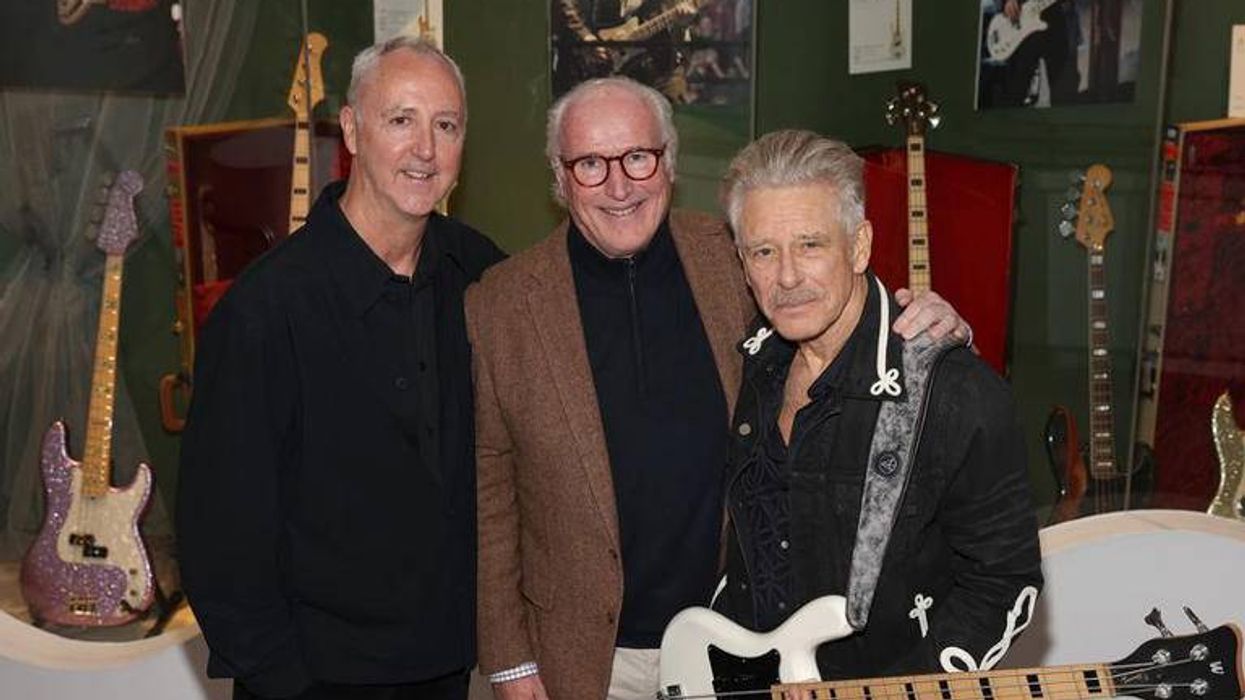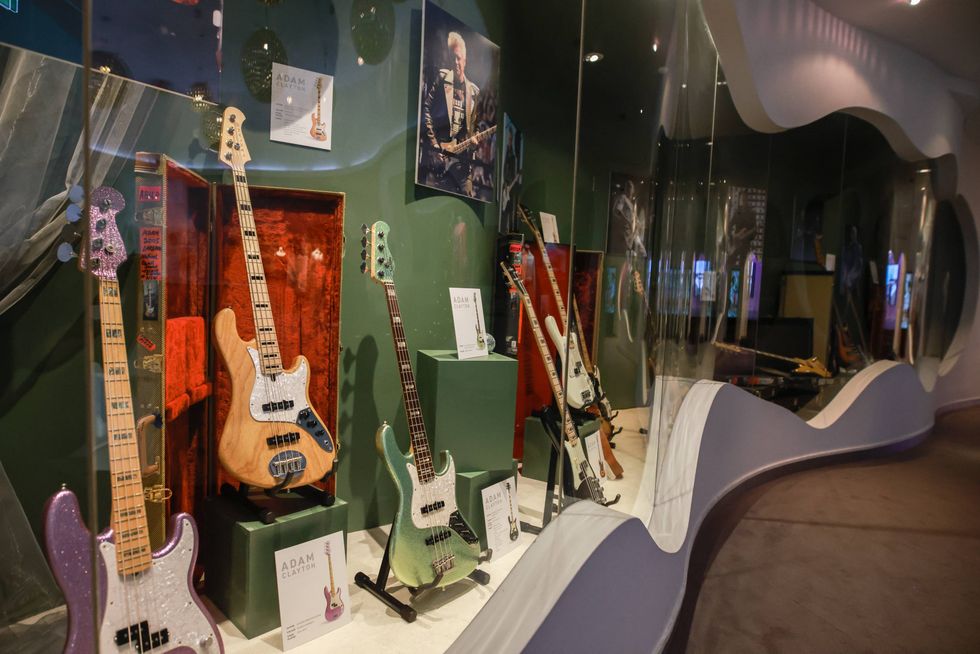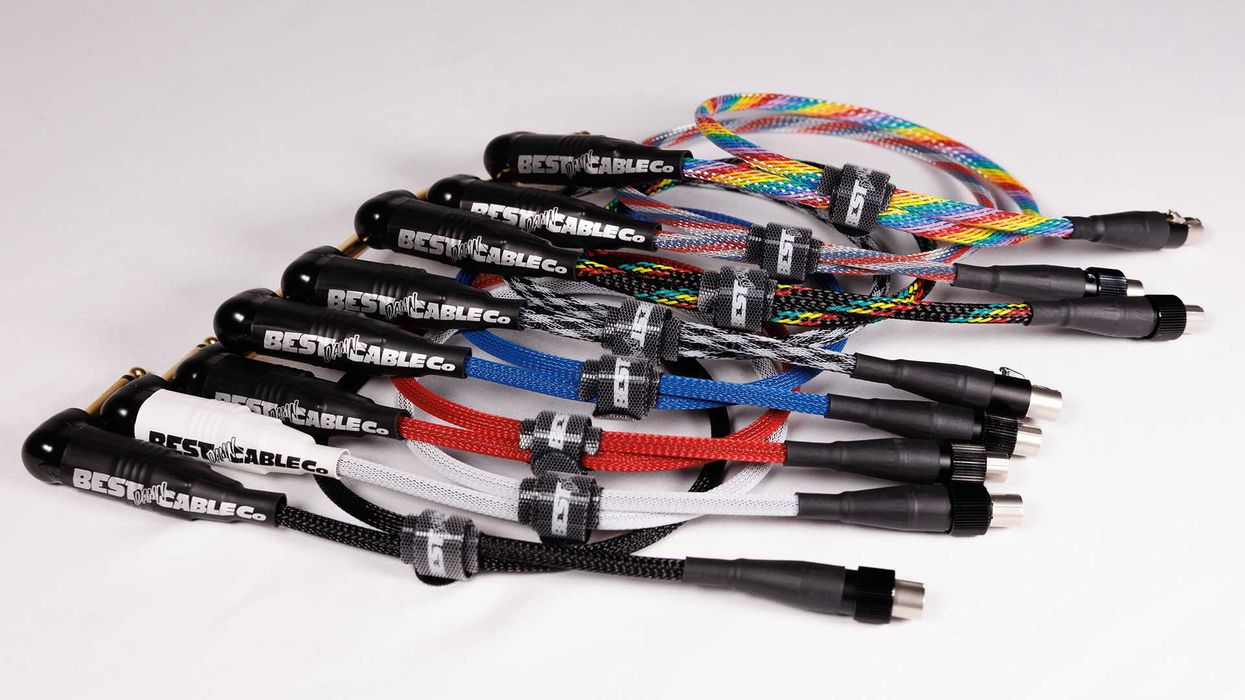This is the first new original music Pink Floyd have recorded together as a band since 1994’s The Division Bell. The track sees David Gilmour and Nick Mason joined by long time Pink Floyd bass player Guy Pratt and Nitin Sawhney on keyboards and features an extraordinary vocal performance by Andriy Khlyvnyuk of Ukrainian band Boombox.
The track, recorded last Wednesday (March 30th), uses Andriy’s vocals taken from his Instagram post (https://www.instagram.com/p/Cae5TydPAxh/) of him singing in Kyiv’s Sofiyskaya Square. The song itself ‘The Red Viburnum In The Meadow’ is a rousing Ukrainian protest song written during the first world war which has been taken up across the world over the past month in protest of the invasion of Ukraine. The title of the Pink Floyd track is taken from the last line of the song which translates as ‘Hey Hey Rise up and rejoice’.
Gilmour explains how he came to know Andriy and his band Boombox. “In 2015, I played a show at Koko in London in support of the Belarus Free Theatre, whose members have been imprisoned. Pussy Riot and the Ukrainian band, Boombox, were also on the bill. They were supposed to do their own set, but their singer Andriy had visa problems, so the rest of the band backed me for my set - we played Wish You Were Here for Andriy that night. Recently I read that Andriy had left his American tour with Boombox, had gone back to Ukraine, and joined up with the Territorial Defense. Then I saw this incredible video on Instagram, where he stands in a square in Kyiv with this beautiful gold-domed church and sings in the silence of a city with no traffic or background noise because of the war. It was a powerful moment that made me want to put it to music.”
Pink Floyd - Hey Hey Rise Up (feat. Andriy Khlyvnyuk of Boombox)
Available digitally Friday April 8th, 2022 at 12:00AM (EST): https://pinkfloyd.lnk.to/HeyHeyRiseUp: https://pinkfloyd.lnk.to/HeyHeyRiseUp.

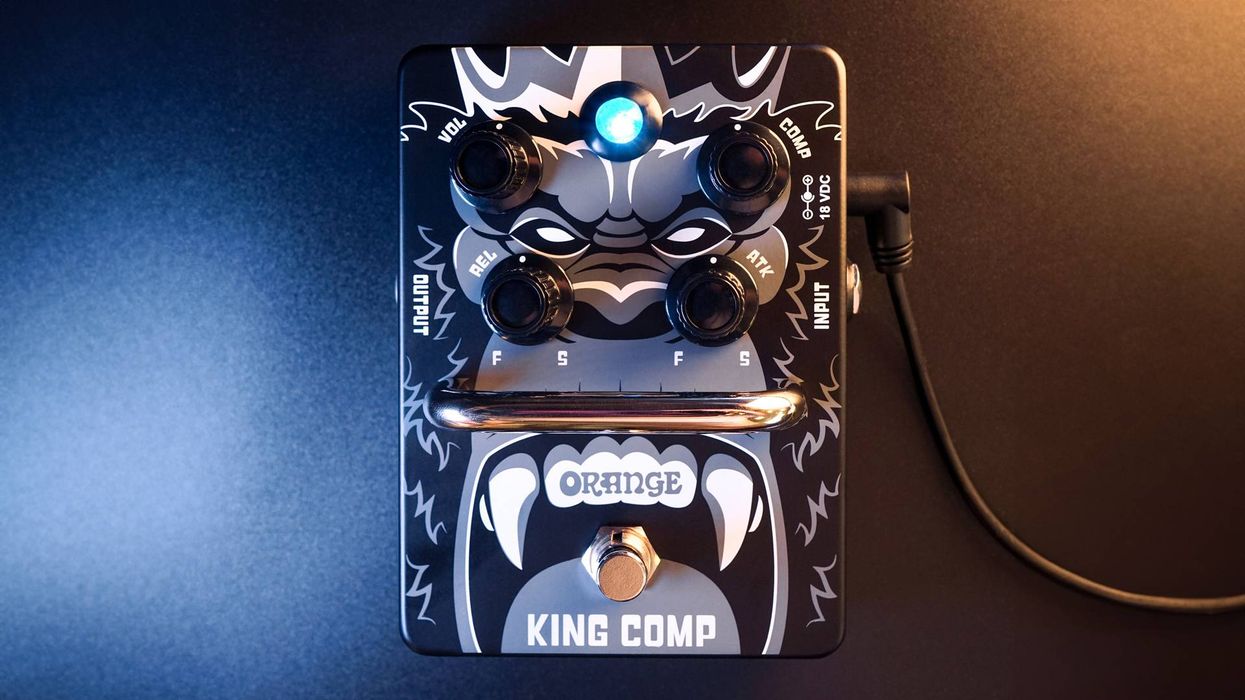
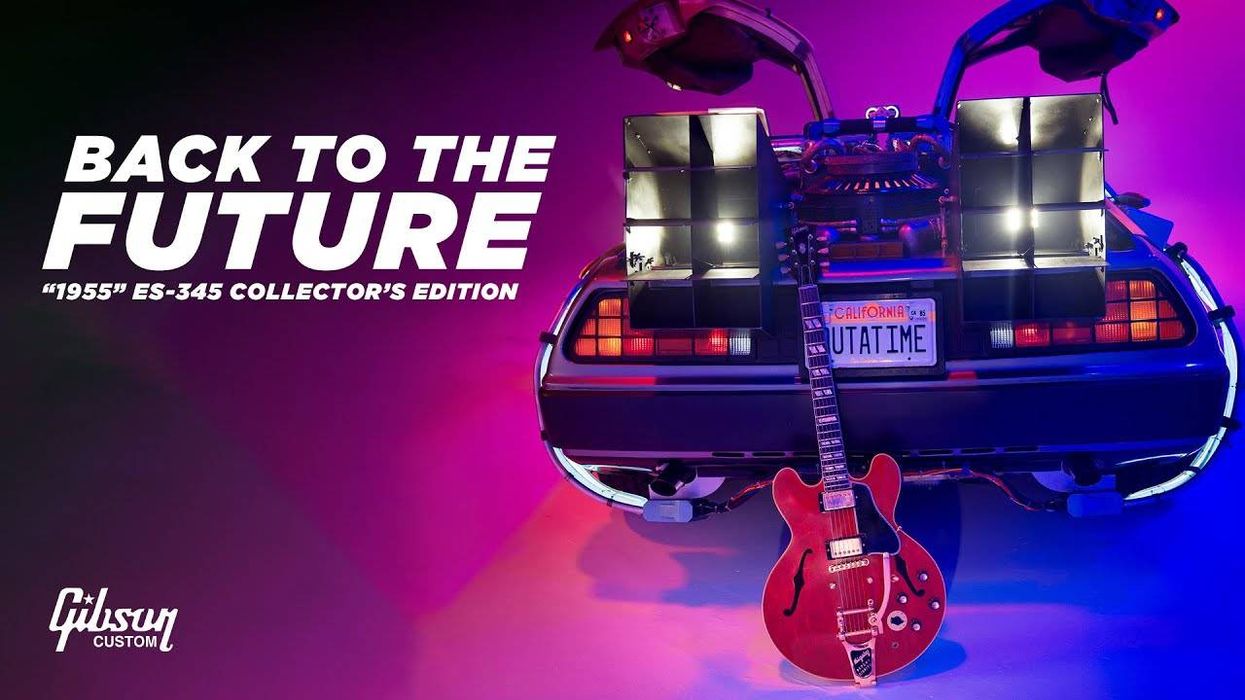
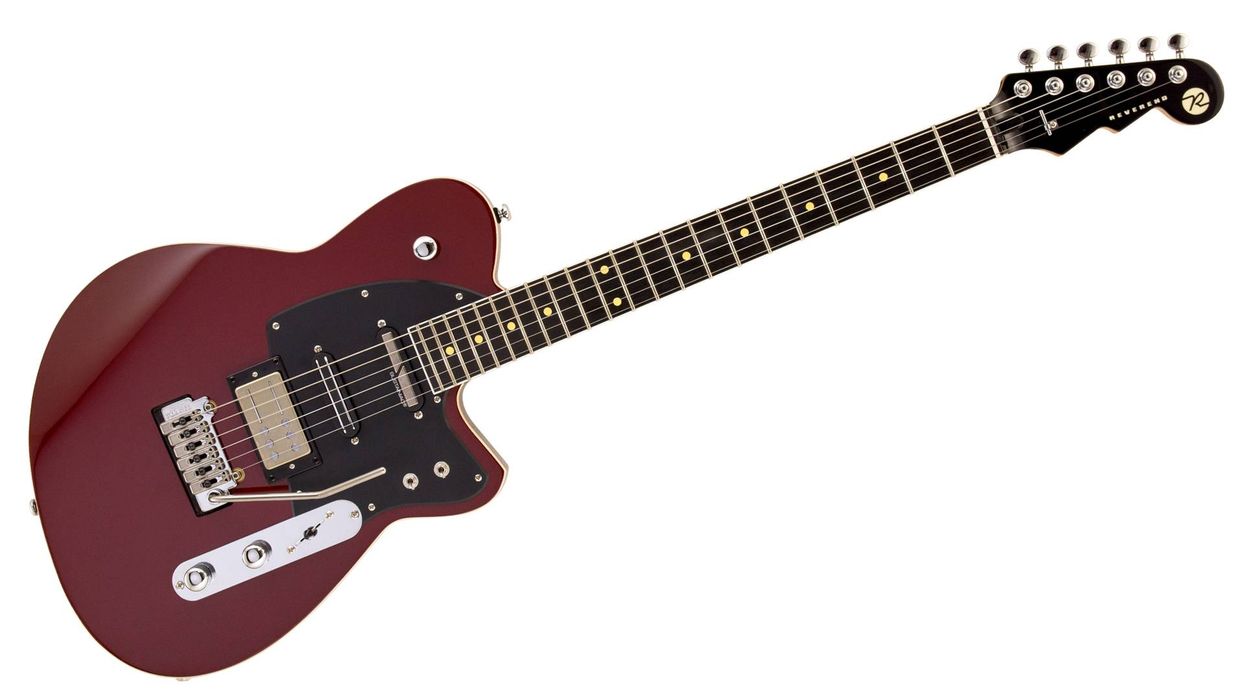
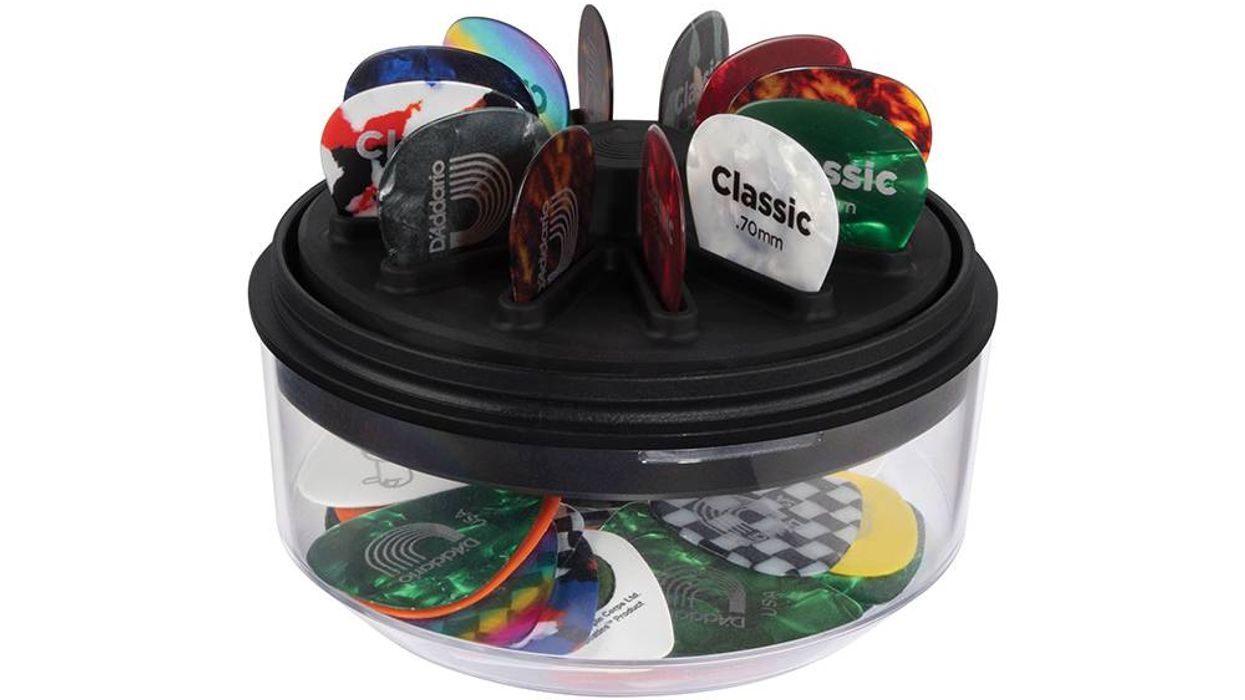
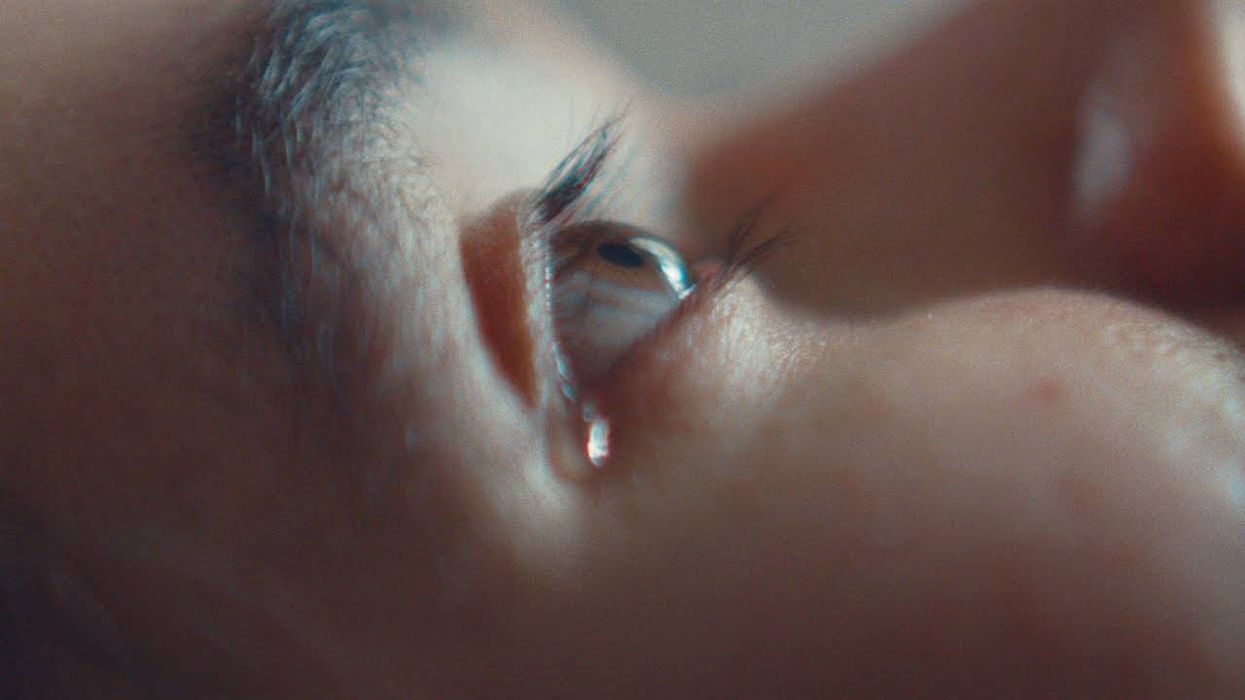

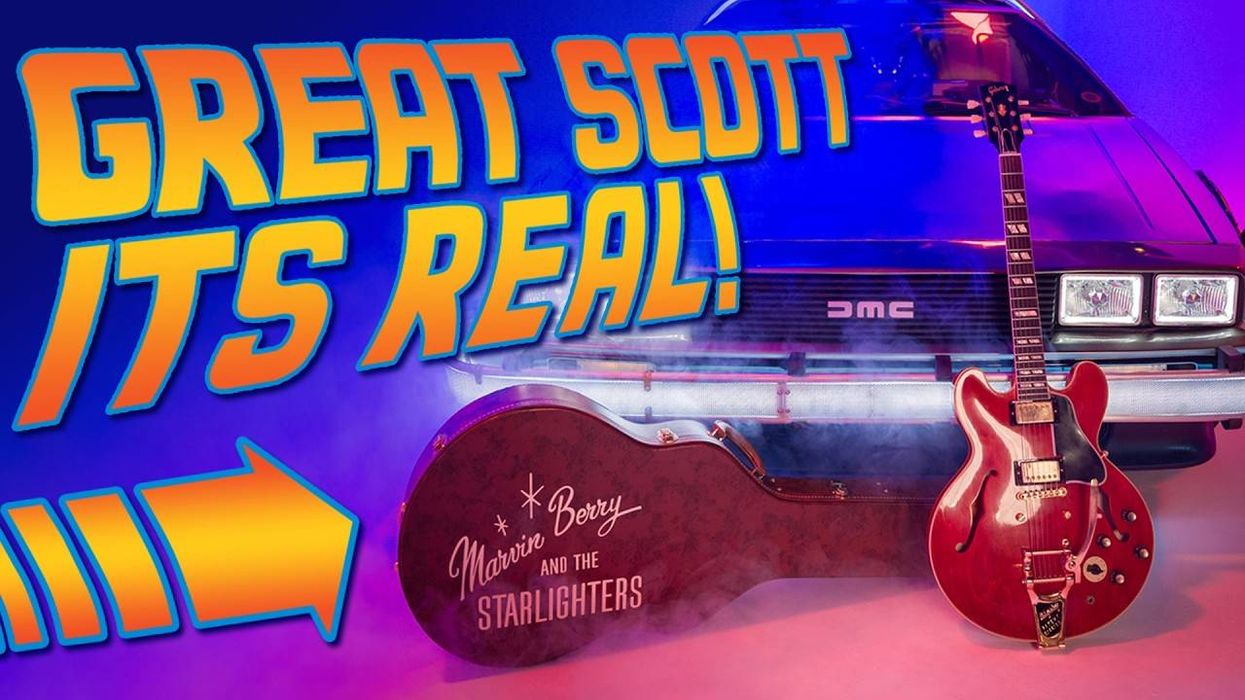
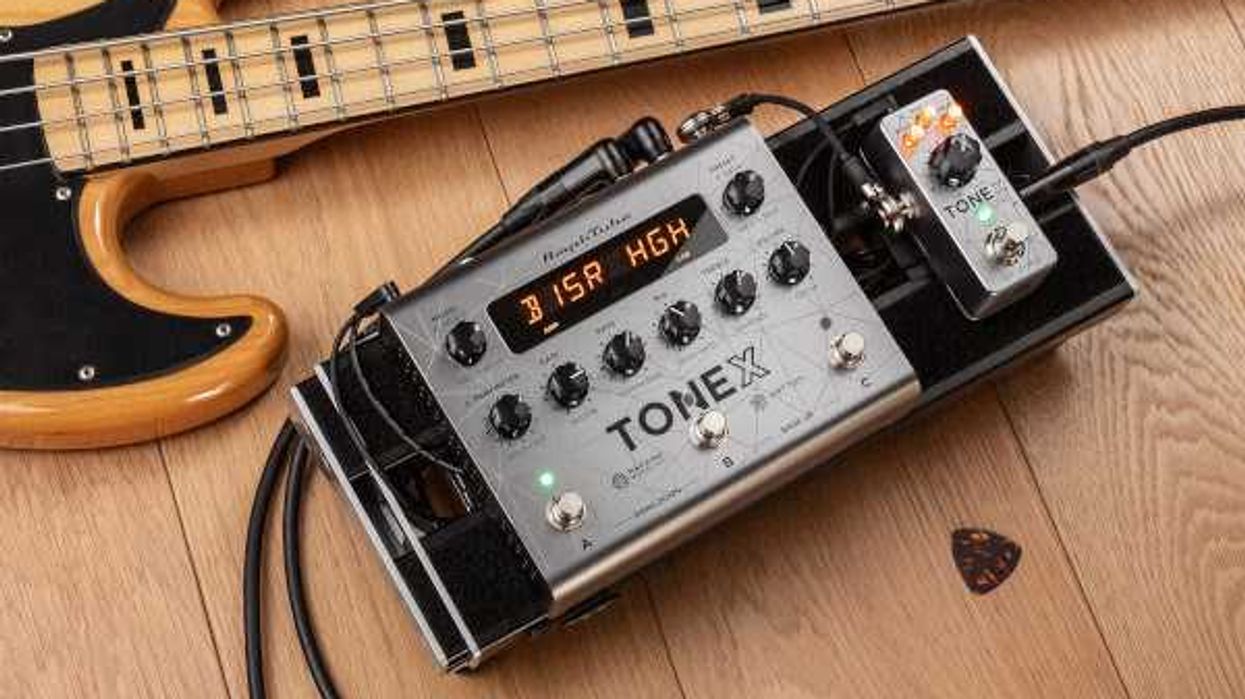
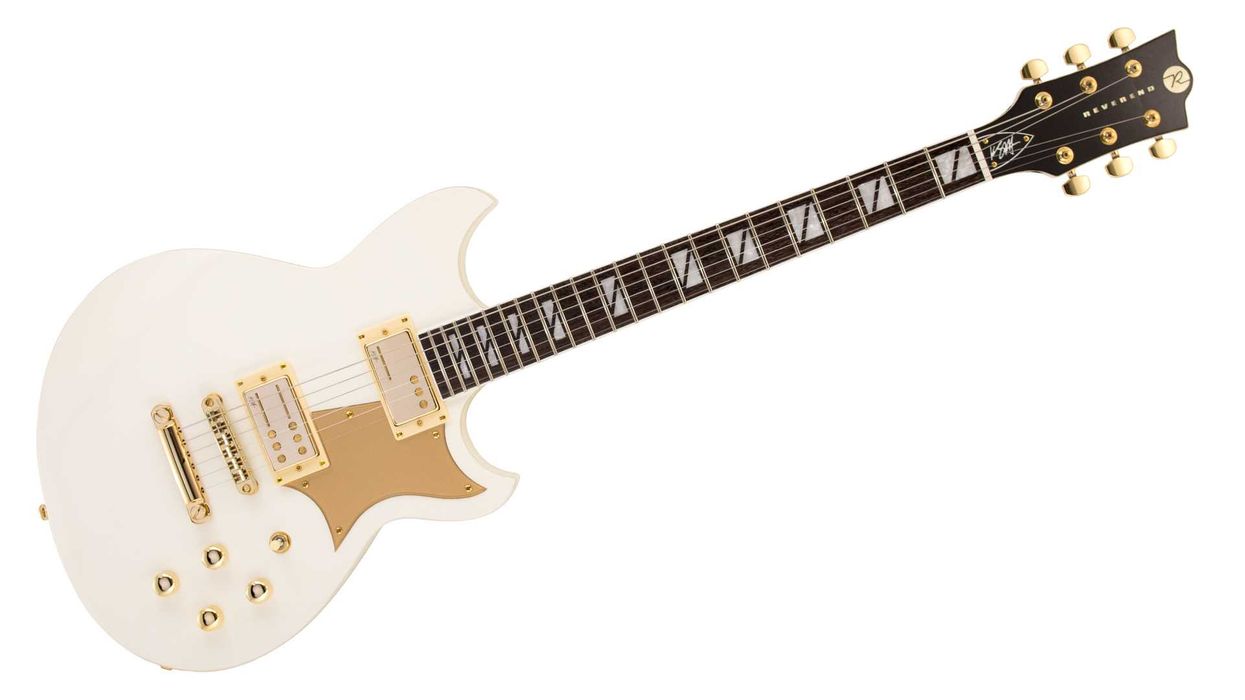
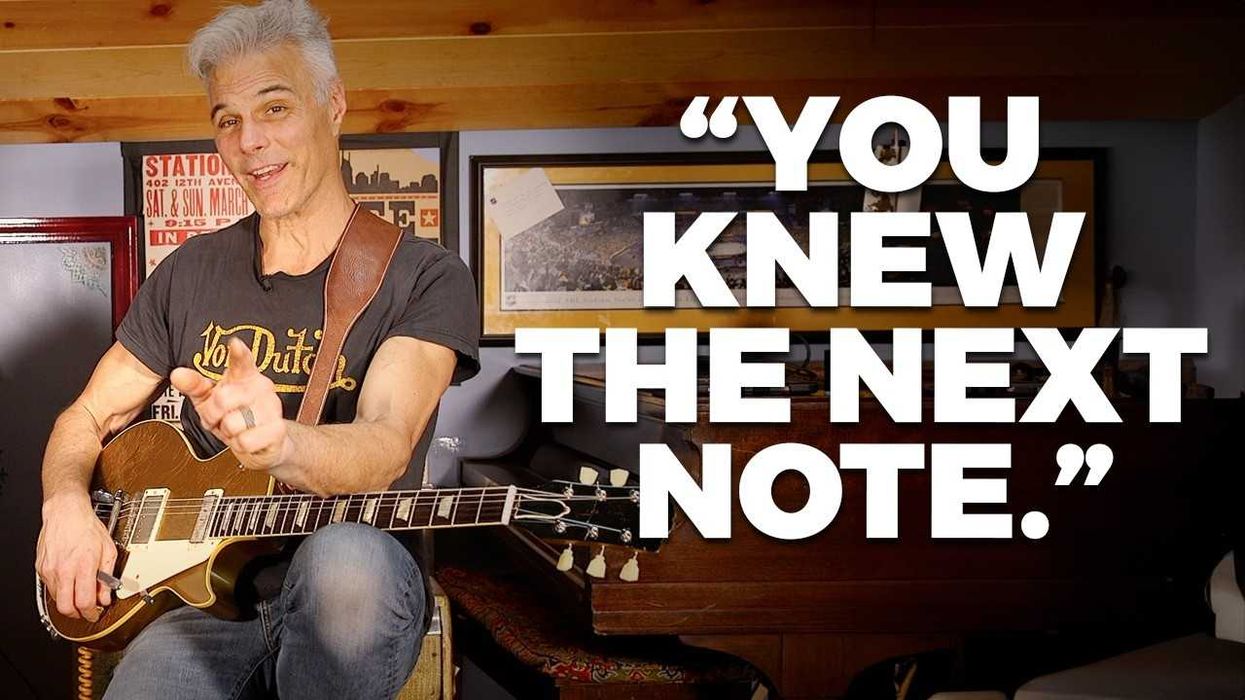
![Devon Eisenbarger [Katy Perry] Rig Rundown](https://www.premierguitar.com/media-library/youtube.jpg?id=61774583&width=1245&height=700&quality=70&coordinates=0%2C0%2C0%2C0)

